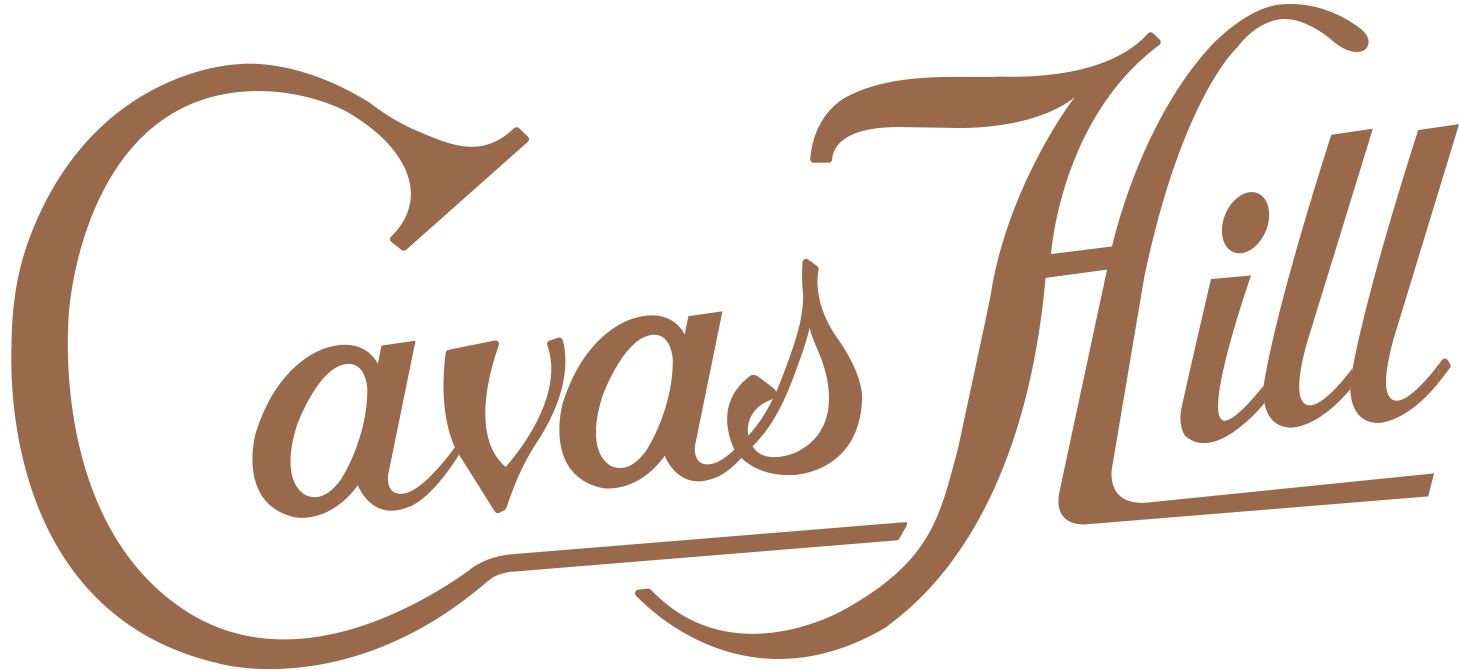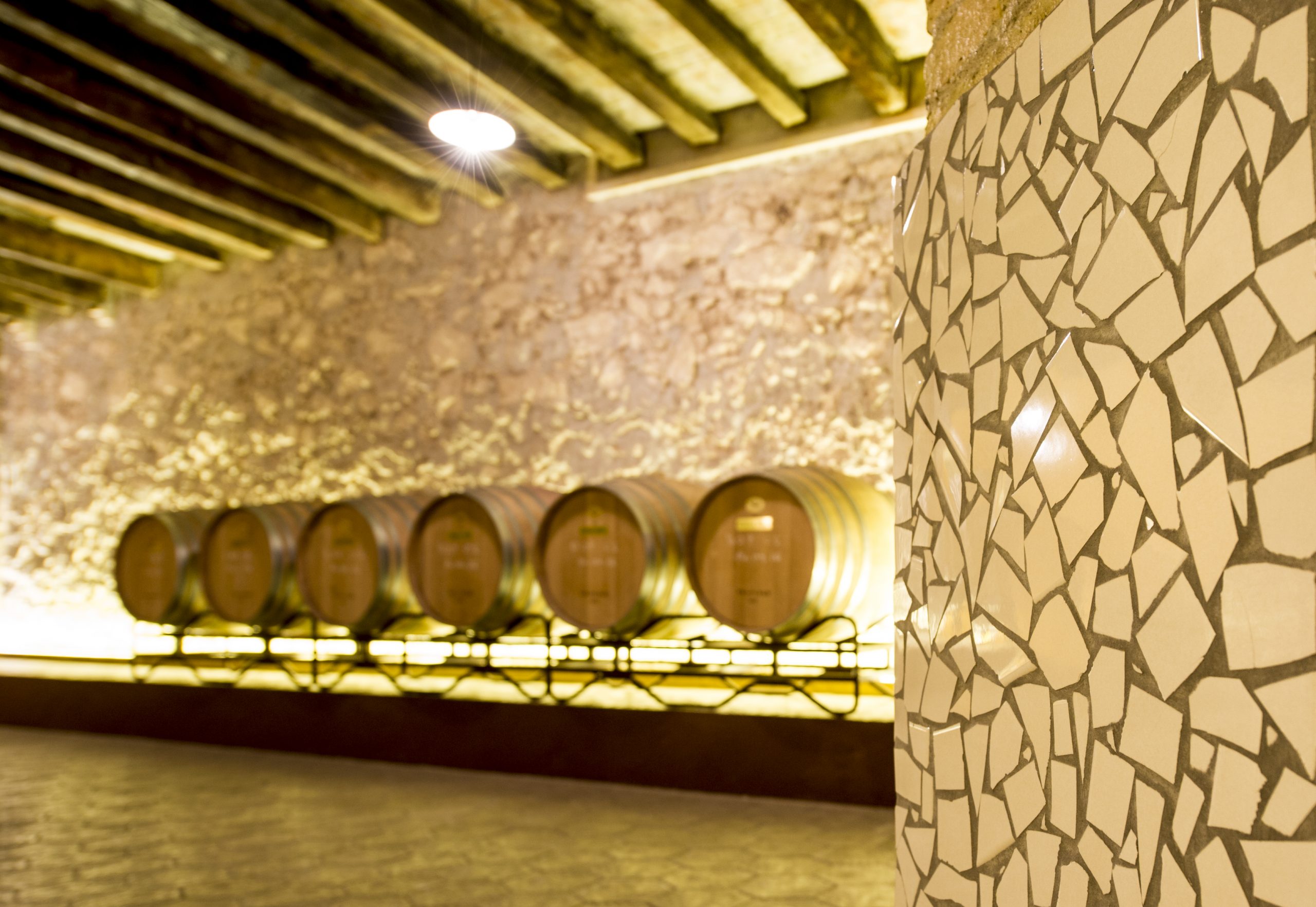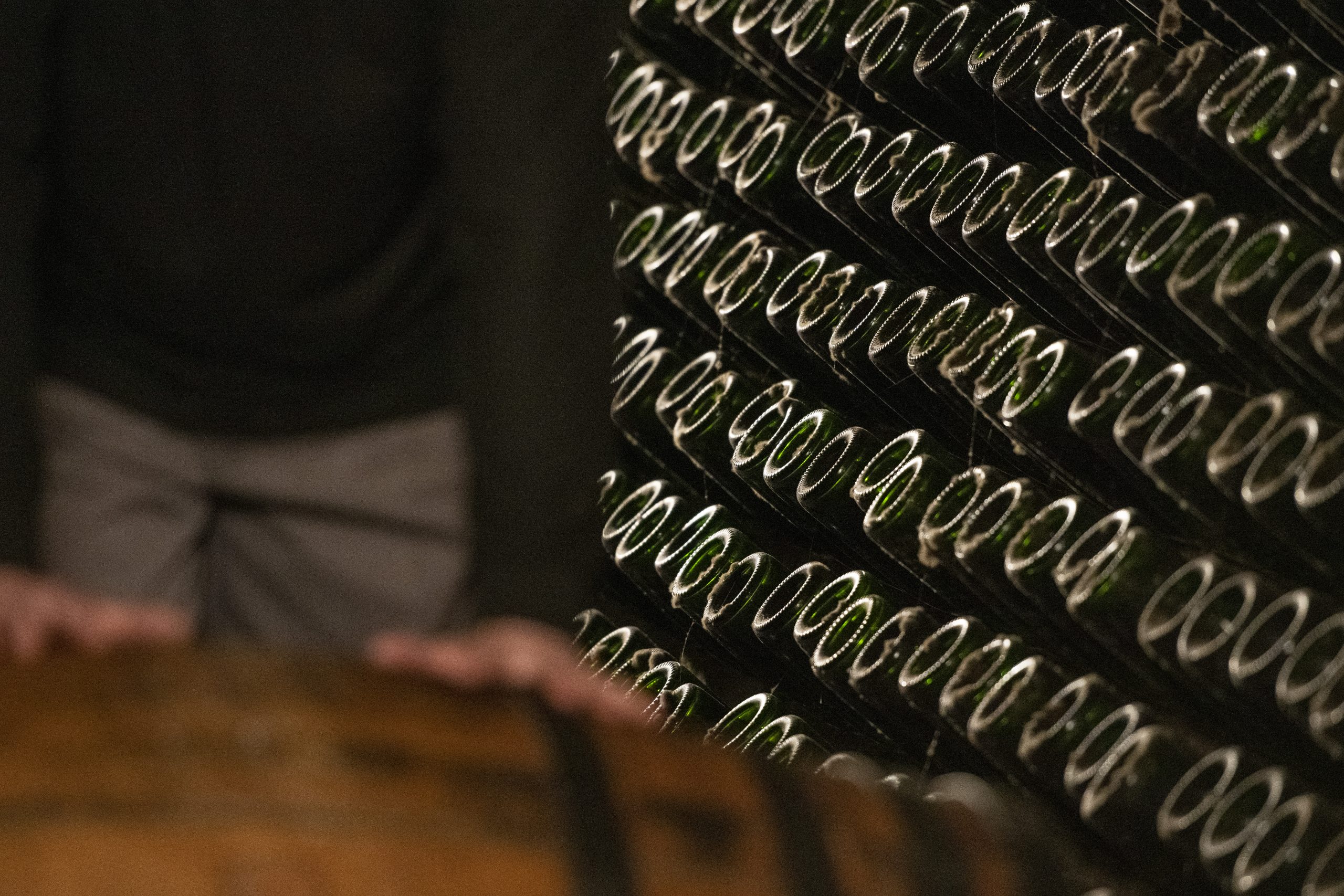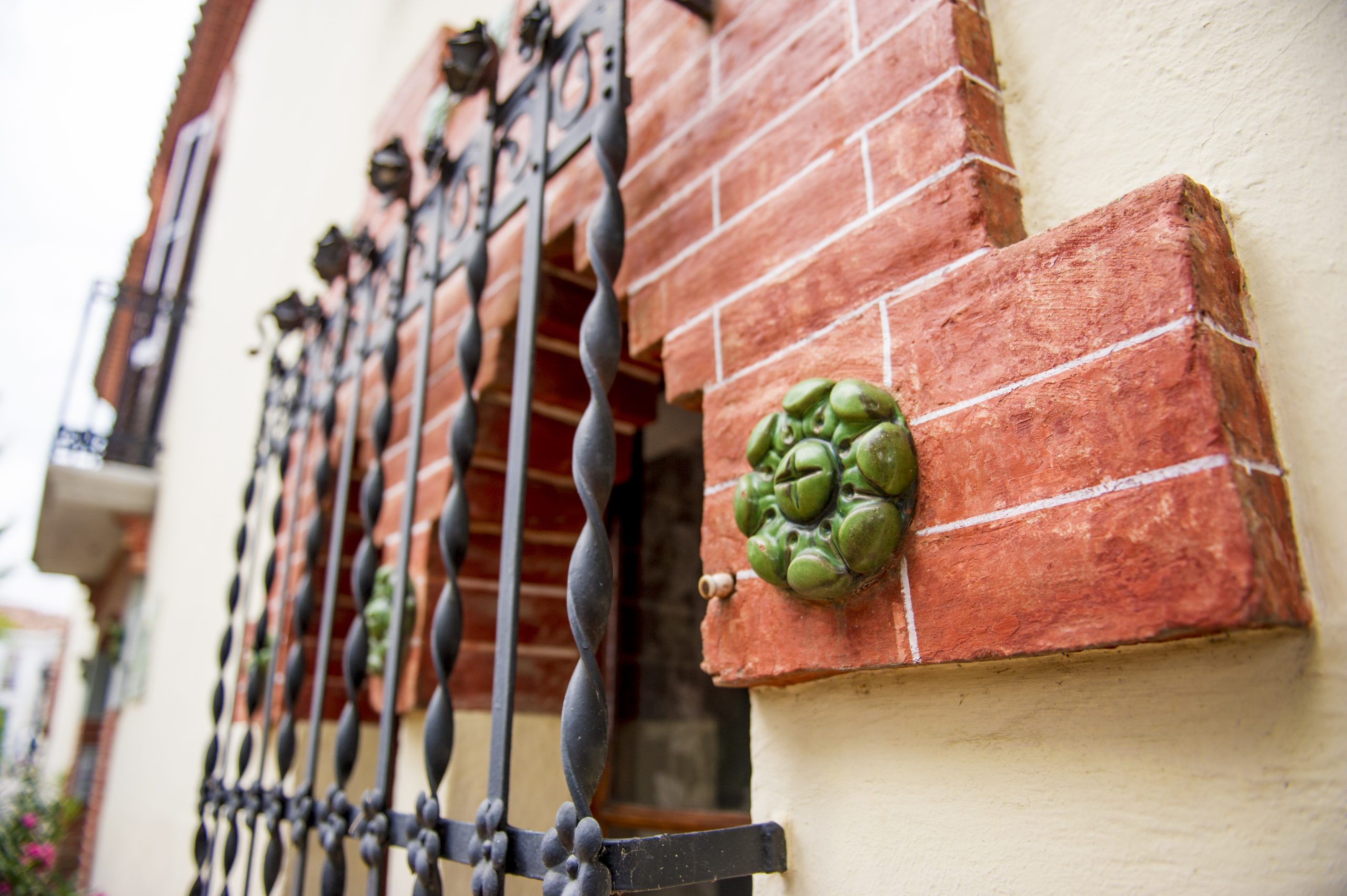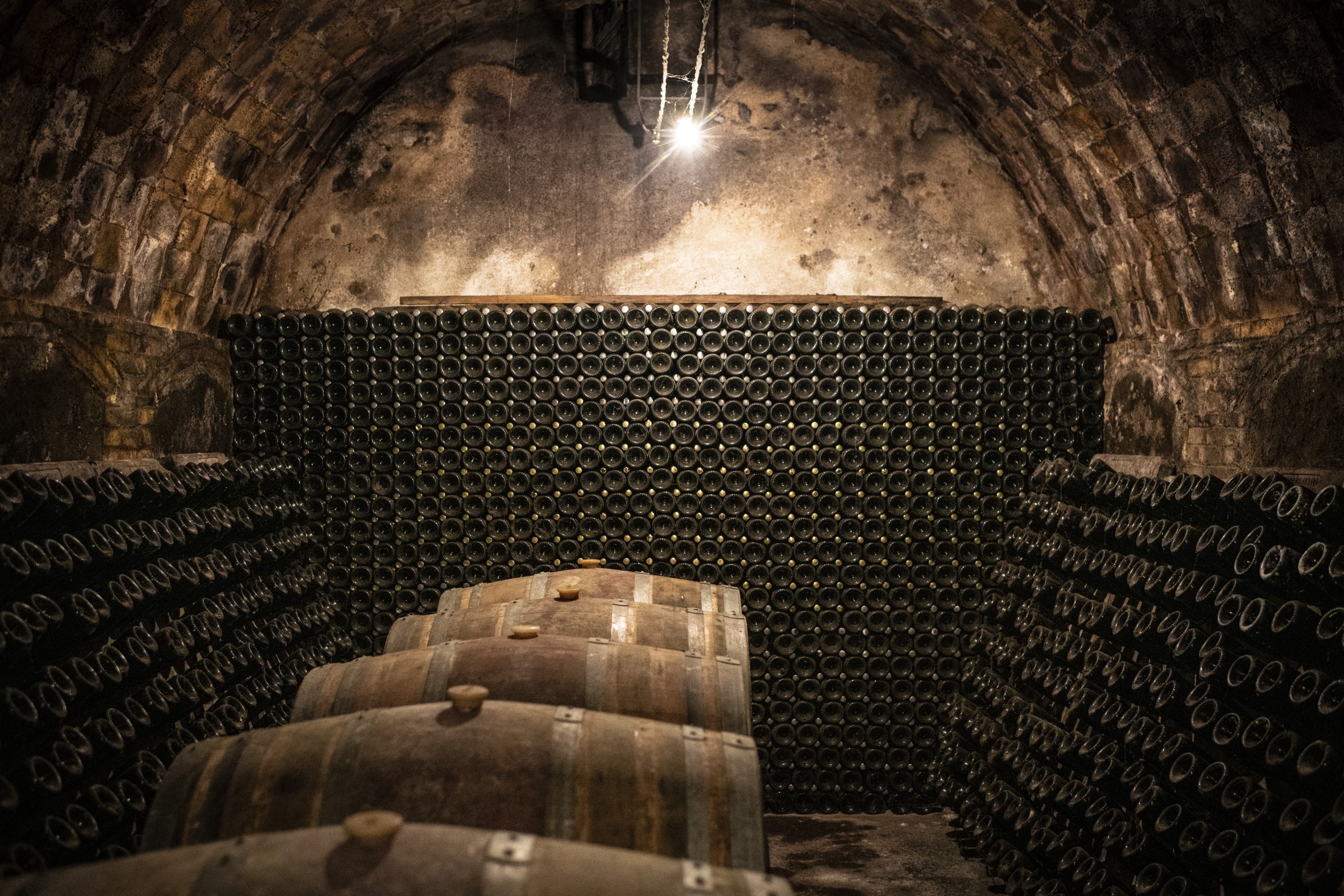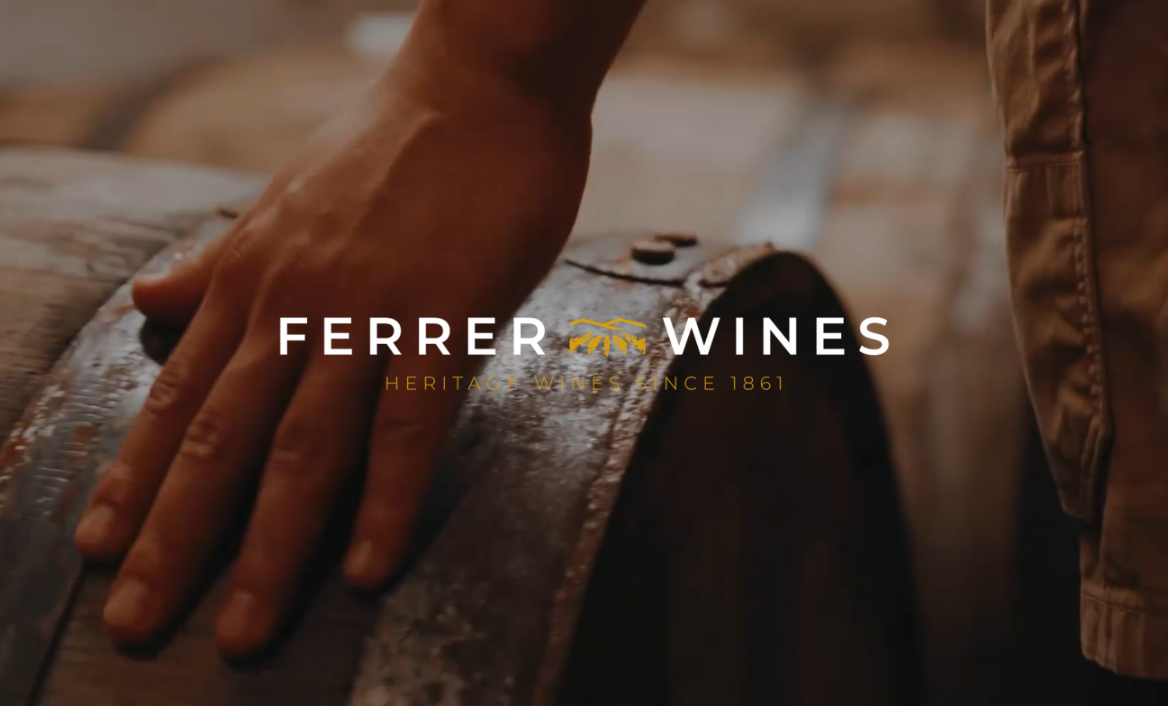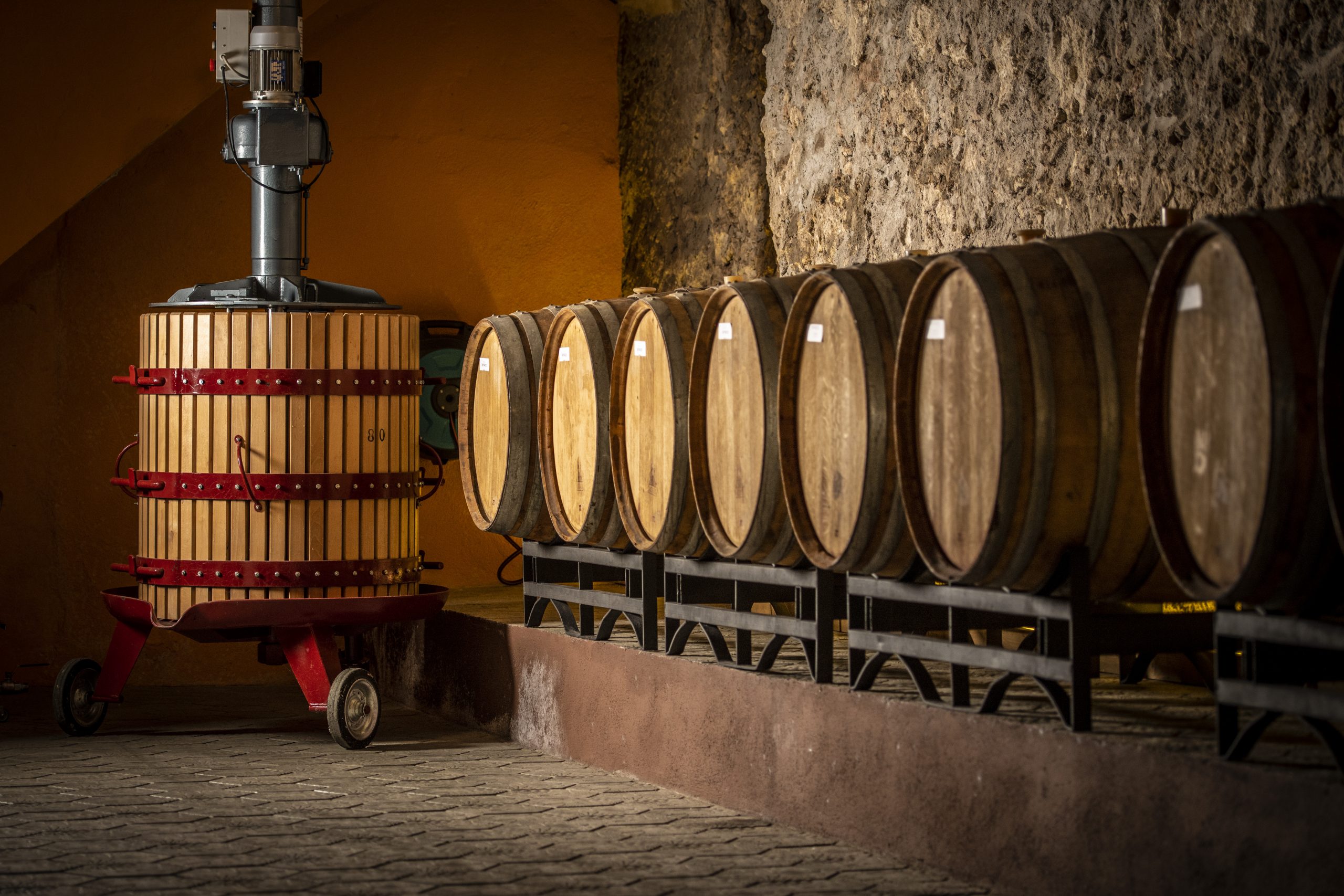OUR HISTORY
PAST
Founded in 1887 by the Hill family, our cellar is one of the oldest in the D.O. Cava.
PRESENT
We have two lines of cava: the Cuvée 1887, related to the festive spirit of the Belle Époque; and the Panot Gaudí, a homage to Moderism with which our origins are firmly tied. We also produce still wines inspired by nature which express the essence of the Penedès and the Mediterranean.
FUTURE
OUR HISTORY
ORIGINS
1761
When taking into account the oral tradition of our family, Cavas Hill is the legacy of the driving spirit of an English man, Joseph Hill, who, at the end of the XVIII century, moved with his family to the Penedés to begin his business of cultivating grapes and producing wine. The first records of the Hill family are documented in 1761 in the area of La Casota de San Miguel de Olèrdola and the ties with this family to the vineyards of the Penedés amount to more than 260 years.
Construction of the Cavas Hill cellar
1887
During various generations, the descendants of Joseph Hill continued to work the land. In 1887, Pere Hill Font inherited the business. The ancestral home was transformed into the current estate which today houses the offices of Cavas Hill; the cellar was constructed separately from the house by a door whose lintel marks the engraving of the date of its foundation.
Phylloxera
In the second half of the XIX century, after the phylloxera had decimated the vineyards of France, the Penedés enjoyed its best years of wine production. Unfortunately, the plague then arrived in Catalonia, causing a profound social and economic crisis which affected the whole of the Penedés. Malauradament, però, la plaga també va arribar a Catalunya i es va patir una profunda crisi social i econòmica que afectar tot el Penedès.
The optimism of the Belle Époque
At the end of the XIX century, with the crisis of the phylloxera overcome and the industrial revolution underway, the expansion of knowledge and the arrival of the Belle Époque in Europe and Modernism in Catalonia, the optimistic and innovative spirit felt in society also affected the cellar. Josep Hill Ros, who had inherited the cellar, decided to sell its wines.
Construction of the cellars
1924
Some years later, in 1924, the historic cellars began their construction, consisting of five galleries excavated in soft rock known as “tapasot” a kind of petrocalcic rock, which is malleable and resistant, allowing the natural shapes of the walls and vaults to be made naturally, making it one of the most unique cellars in the Penedès.
The first sparkling wines
1926
In 1926, the first bottles of cava were revived, made according to the champenoise method, but using varieties of grape which were local to the area: Macabeo, Xarel·lo and Parellada. The first cavas from the Cavas Hill cellar were launched onto the market, a moment which made everything seem possible. From then on, the evolution of our cavas has always been accompanied by an open, festive and optimistic spirit as from its beginnings, and this is what is transmitted in the glass.
A homage to Gaudí
2018
The Sala Panot is our original cellar dating from 1887. It was restored in 2018, coinciding with the centenary of the modernist refurbishment of the facade. During the restoration, the original walls and roof of the cellar were maintained, but one of Antoni Gaudí’s most popular pieces of architecture was included which give the name to this emblematic space and one of our range of cavas.
PANOT GAUDÍ
Known as the “panot Gaudí”, it was designed by the architect for the Casa Milà of Barcelona, known popularly as La Pedrera.
The word “panot” comes from the French word panneau meaning “board” or “sign”. The Catalan modernist architects designed signs with reference to vegetables and animals which decorated the best buildings of Modernist Barcelona , giving an artistic vision to an urban space and laying it at the feet of its inhabitants.
New times, new challenges
Ownership of the cellar changed in the 70’s when the last descendant of the Hill family, Josep Hill Soler, sold the cellars as he had no descendants to continue the business. Currently, Cavas Hill is head of the group FERRER WINES. New times which mean new challenges… we face the future with the optimism and rigour that we apply to our daily work and that we transmit to our wines and cavas.
